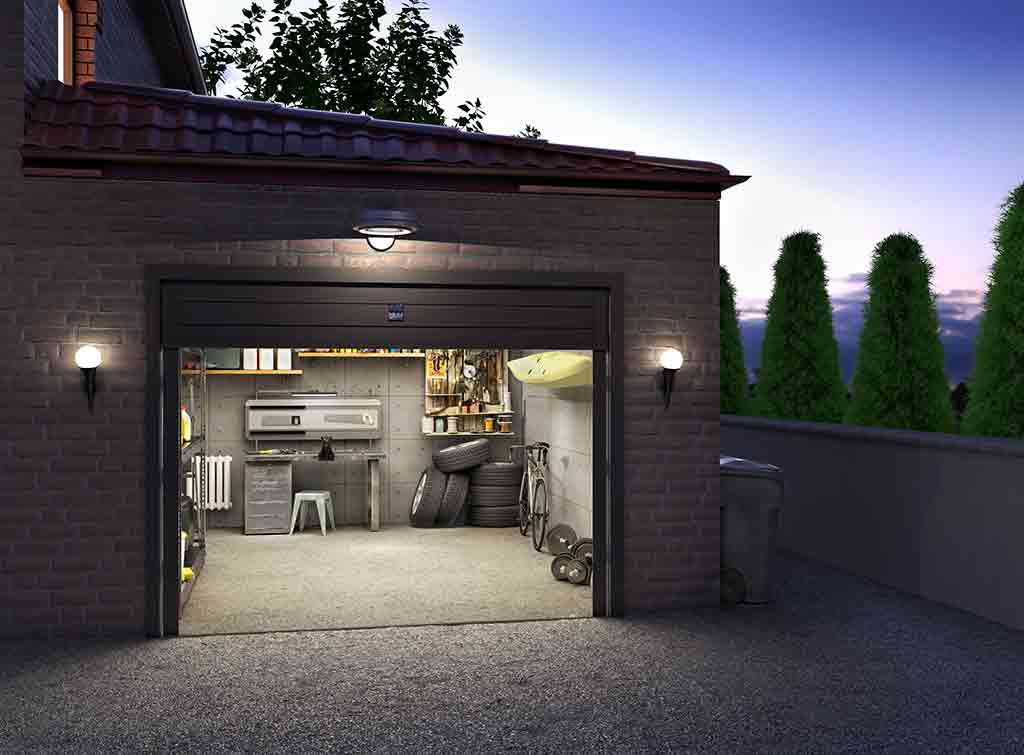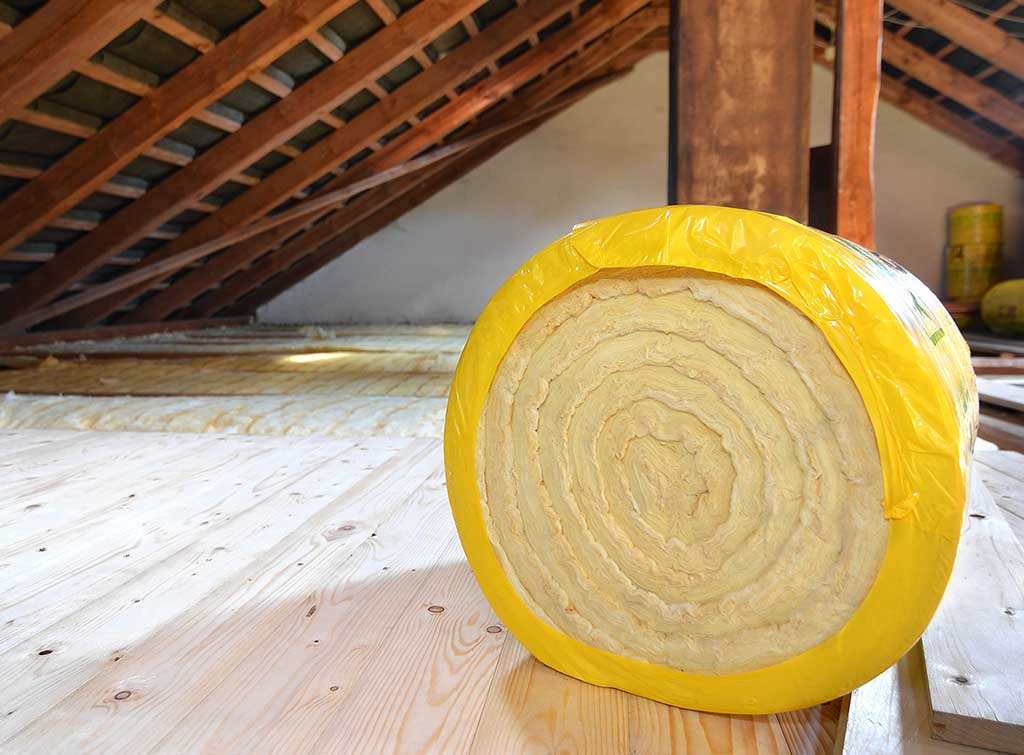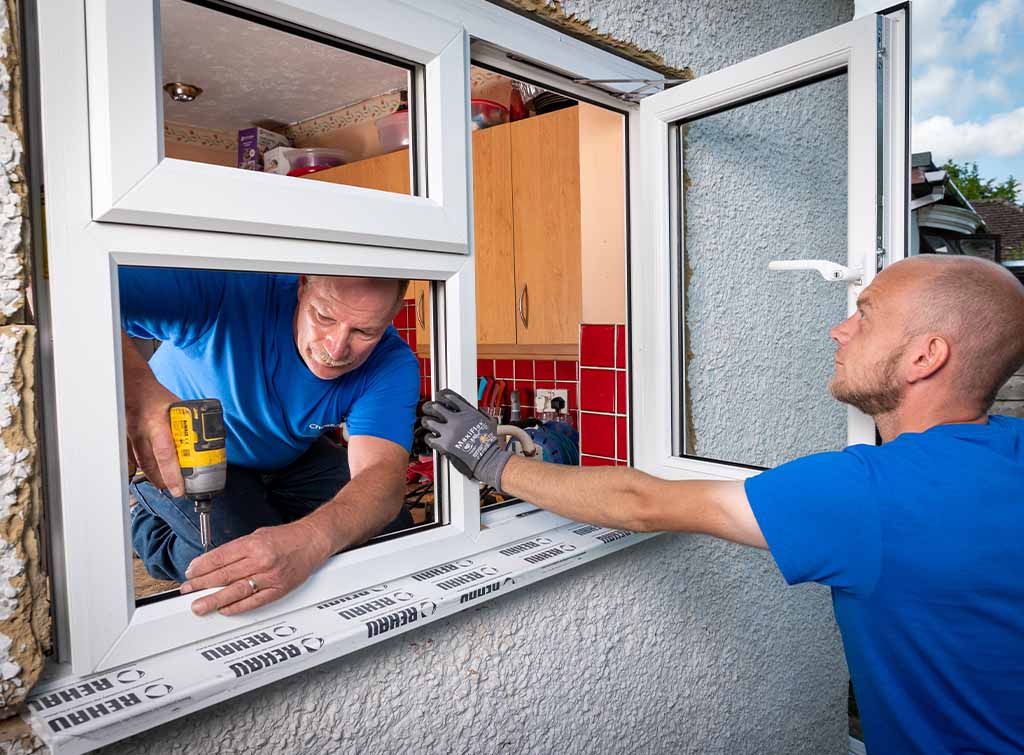Blog>Planning Guides>Planning your home insulation
Last updated: 19 March 2025
Planning your home insulation
Our guide explains how you can insulate your home, find an installer for the job, and save money with green home grants.

In this post, we explain how to properly insulate your home, from top to bottom, including the roof, loft, walls, and floor.
We look at the cost of these home improvements and also the green home grants available to help make them more affordable for all. There's also some tips from Checkatrade member Matthew Stott of MES Energy
The benefits of home insulation
Generally speaking, making eco-improvements such as installing home insulation, brings several benefits:
It helps to reduce household energy bills, create a warmer home, and cut carbon emissions
It could increase the value of your home: With energy-efficient homes in high demand, they tend to have a higher market value
It helps to work toward the UK government's target for all homes to have an Energy Performance Certificate (EPC) rating of C by 2035
Insulation installer and Checkatrade member, Matthew Stott of MES Energy says:
"Don’t just use the Energy Performance Certificate recommended measures as a guideline if you have a newer property.
The methodology suggests that any house built after 1983 is assumed to have good insulation, which unfortunately isn't the case.
Always speak to an insulation company to get the correct advice and ask for a visit from one of their surveyors as you may not be insulated properly and wasting £100's in lost heat."
Is it worth investing in home insulation?
"Due to the increased cost of energy, the return on investment for an insulation measure is up to 230% quicker now than it was pre-price increases in February 2022, when costs spiked at the highest we have ever known." - Matthew Stott, MES Energy
What's more, a well-insulated home is attractive for home buyers, keen to reap the benefits of an insulated home without the cost or upheaval of fitting insulation retrospectively.
According to the Government's Department of Energy and Climate Change (DECC), making energy-saving improvements to your home increases the value by 14% on average – and up to 38% in some parts of England.
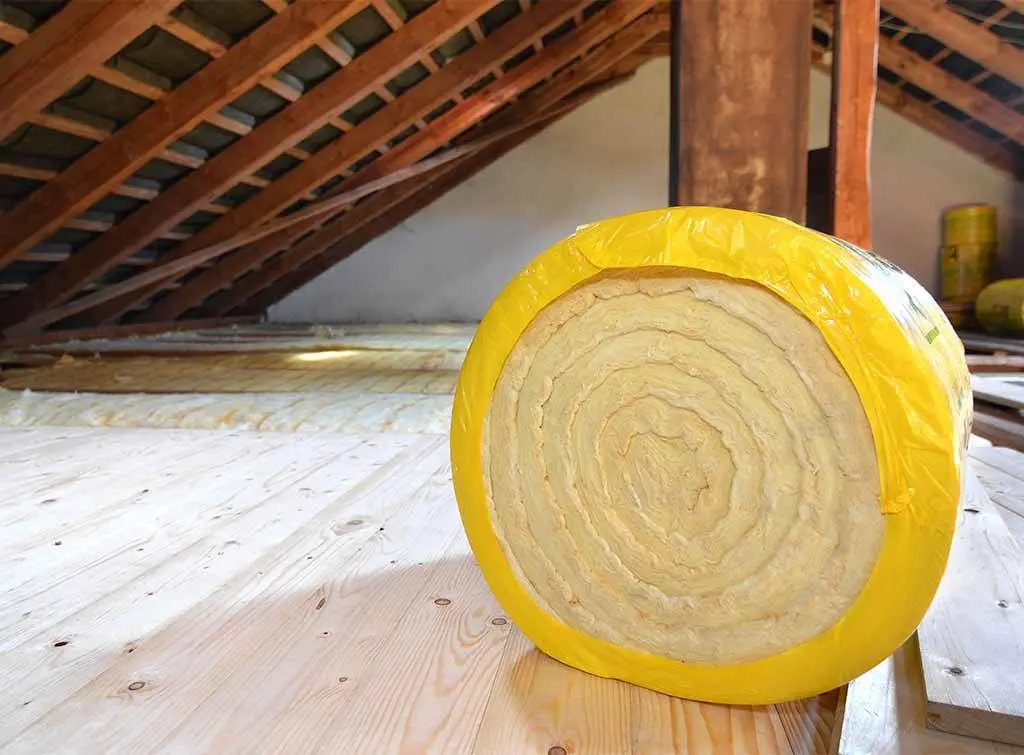
How much does home insulation cost?
Unless you're researching the cost of insulating a new build, you'll be looking at fitting insulation retrospectively. Costs can be slightly higher as your tradesperson will need to work around existing structures, pipework, and cables.
The costs outlined below are ballpark figures to act as a guide to retrofit home insulation for an average semi-detached house.
Loft insulation
Laying insulating material between the joists in the loft is one of the easiest types of insulation to do retrospectively.
Blanket insulation (made from fibreglass or mineral wool) is one type of insulation, popular as a cost-effective option for loft spaces. Alternatively, loose-fill insulation can be used to top up existing loft insulation. The government recommends loft insulation to be 270mm deep.
Providing you have easy access to the loft, budget for between £600 - £1,000.
Read our guide to loft insulation costs for more detailed information.
Roof insulation
Roof insulation involves insulating the space between the rafters in your loft space.
Expect to pay anywhere between £3,000 - £4,000 for roof insulation.
Cavity wall insulation
If your home was built after the 1920s, it's likely to have cavity walls (homes built before this are more likely to have solid walls). Cavity wall insulation must be done by a tradesperson, who will drill holes in the outside walls, inject insulating material into the cavity, and then seal the holes.
Cavity wall insulation is one of the cheapest options available, filling the gap between the wall cavities with insulating material such as foam or mineral wool.
This typically costs around £2,500 - £3,000.
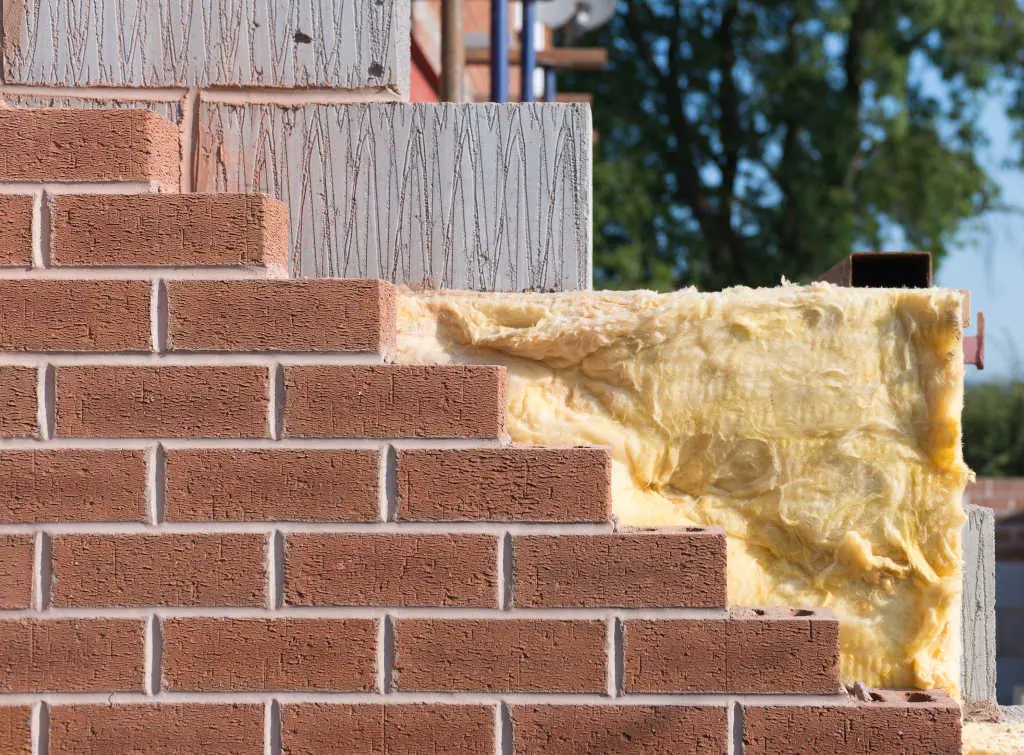
Solid wall insulation
For homes with solid walls, you have the option to insulate from the inside or the outside.
Internal walls can be insulated by fitting rigid insulation boards to existing walls, or building a stud wall and filling it with insulation material. For insulating boards, a thickness of around 60-100mm is suggested.
External walls can be insulated by adding a layer of insulation material and then finishing it with plaster or cladding.
You’re looking at around £8,000 - £10,000 to insulate a solid wall from the inside or £10,000 - £12,500 for external wall insulation.
Adding insulation retrospectively might make it necessary for adjustments to be made to your home's ventilation. Check with your tradesperson before work begins and make sure these additional costs are included in your quote for the work.
Floor insulation
There are three main types of floor insulation and a tradesperson will be able to help advise the best option for your home.
Suspended floor insulation costs around £1,500 - £3,000 per ground floor
Suspended timber floor insulation costs between £1,500 - £3,000 per ground floor
Solid floor insulation costs around £2,000 - £4,000
As you might imagine, to fit floor insulation, skirting boards and floorboards will need to be removed and replaced. Check whether this is included in the quote you receive for the work.
Read our guide to the cost of floor insulation for more information.
Double or triple-glazing
Don't forget your windows and doors. Double or triple glazing is a great way to insulate your home, making it warmer and reducing outside noise. You'll also recoup some of your investment in this eco-upgrade if you come to sell your property - double-glazing could increase your property value by up to 10%.
The average cost of double glazing for eight windows and two uPVC doors is £6,000 - £15,000.
Read our guide to draught-proofing your home for a selection of tips to create a warmer home.
Insulating pipes
Another area of your home that you may not have considered insulating is your pipes.
You'll have an outdoor pipe to connect your home to the main water supply and a condensate waste pipe if you have a boiler. It's also likely you have pipes in your loft and garage and exposed indoor pipes connected to your heating system.
To reduce the risk of the external pipes cracking/bursting in low temperatures and heat loss from internal pipes, it's recommended to insulate them.
The average cost of pipe insulating materials is £1.60 per metrefor 15mm (diameter) and 13mm (thickness), with labour cost averaging£200
The average cost to insulate the condensate pipe from the boiler is around £200
The average cost to purchase an insulating outside tap cover from a DIY store is £10
See the tradespeople we've checked and recommend for your job
Can I get my home insulated for free?
While many homeowners want to make eco improvements to their homes, one of the main barriers is the upfront costs involved**.**
In this section, we'll outline the government green schemes available to help make these home improvements more affordable.
Loft insulation grants
ECO4 Scheme
If you're looking for a grant for loft insulation, (or even double-glazing, or boiler upgrades), take a look at the Energy Companies Obligation scheme (ECO).
ECO is a government energy efficiency scheme designed to tackle fuel poverty and help reduce carbon emissions.
ECO has four iterations. The ECO4 scheme applies to measures installed from 1 April 2022 and will cover a four-year period until 31 March 2026.
To benefit from the scheme, you must either be a homeowner or have permission from your landlord. Check your eligibility for the ECO4 scheme here.
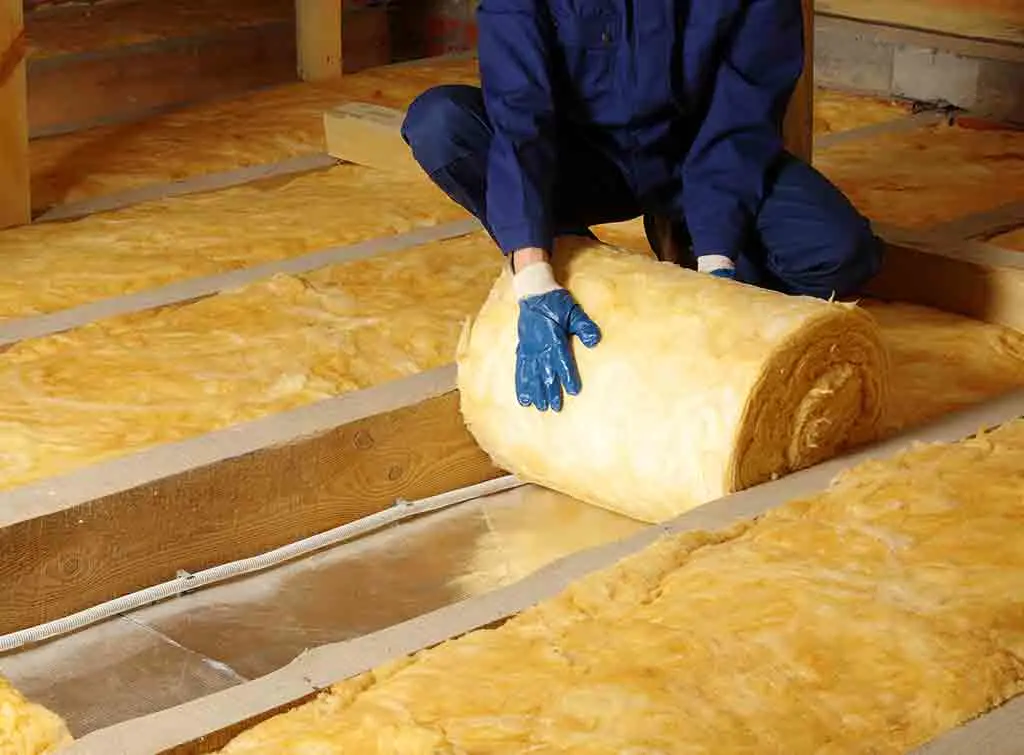
The Great British Insulation Scheme
Alternatively, for cheaper or free loft insulation, take a look at the Great British Insulation Scheme.
It may be a way to get support to install a variety of home insulation, including cavity wall insulation, loft insulation, floor insulation, and more.
Support could be available if your home:
Has an energy performance certificate (EPC) of D to G - check your EPC
Is in Council Tax bands A-D in England or A-E in Scotland or Wales - check your Council Tax band
Government window scheme
While there's no specific scheme for help to buy windows, there are numerous funding schemes to promote energy efficiency and eco-improvements (including double-glazing). As a first port of call, research your eligibility for ECO4 (scroll up if you missed it).
The energy grants listed are part of the government's £12 billion investment in Help to Heat schemes to make sure homes are warmer and cheaper to heat.
There's also The Green Deal. This is a loan-based scheme that helps you to make energy-saving improvements to your home and find the best way to pay for them.
NB. To benefit from the government grants for these eco-improvements, it's sometimes necessary to hire a tradesperson registered with TrustMark, which many of our members are.
See the tradespeople we've checked and recommend for your job
More Planning Guides
See the tradespeople we've checked and recommend for your job

